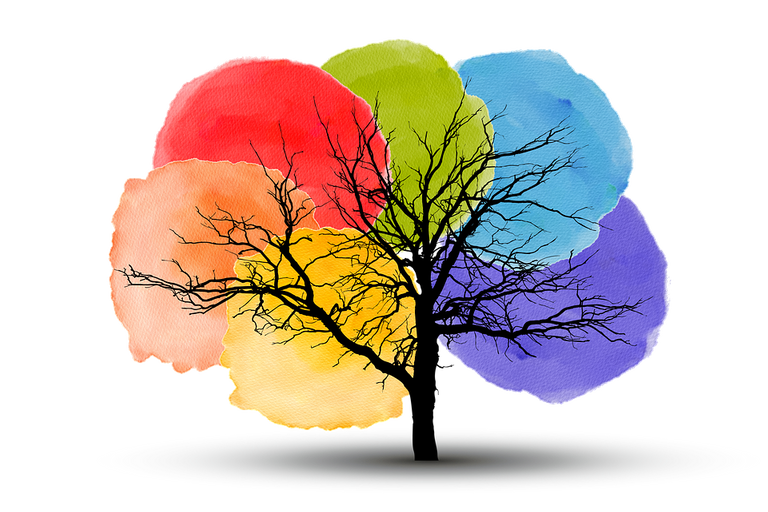**Title: "The Evolution of Storytelling in Video Games

The Secret Lives of Urban Wildlife
Urban environments are bustling with life, yet many of us are unaware of the diverse wildlife that thrives alongside us. From the common pigeon to the elusive fox, urban wildlife has adapted in fascinating ways to coexist with humans. Let's explore the secret lives of these remarkable creatures.
1. Adaptation to Urban Life
Urban wildlife has developed unique adaptations that allow them to survive and thrive in city landscapes. Here are a few examples:
- Dietary Flexibility: Many urban animals, such as raccoons and squirrels, have become opportunistic feeders. They scavenge for food in trash cans, parks, and gardens, showcasing their resourcefulness.
- Nesting Habits: Birds like pigeons and sparrows often build nests in nooks and crannies of buildings, taking advantage of the abundant structures that cities provide.
2. Common Urban Wildlife
While each city has its unique inhabitants, some animals are commonly found in urban areas:
- Pigeons: Often seen as pests, these birds are incredibly adaptable and can thrive in various environments.
- Raccoons: Known for their dexterous paws and intelligence, raccoons are skilled at foraging and often venture into residential areas.
- Coyotes: In many cities, coyotes have established themselves as top predators, helping to control rodent populations.
3. The Importance of Green Spaces
Green spaces, such as parks and gardens, play a crucial role in supporting urban wildlife. They provide:
- Habitat: Parks serve as essential habitats for birds, insects, and small mammals, offering food and shelter.
- Corridors: Green spaces can act as corridors, allowing wildlife to move safely between different areas of the city.
4. Challenges Faced by Urban Wildlife
Despite their adaptability, urban wildlife faces numerous challenges:
- Habitat Loss: As cities expand, natural habitats are destroyed, leaving animals with fewer places to live.
- Pollution: Air and noise pollution can impact wildlife health and behavior.
- Human-Wildlife Conflicts: Encounters between humans and wildlife can lead to conflicts, often resulting in harm to the animals.
5. How You Can Help
There are several ways you can support urban wildlife in your community:
- Create Wildlife-Friendly Spaces: Plant native plants in your garden to provide food and shelter for local species.
- Reduce Waste: Properly dispose of trash to minimize food sources for scavengers and reduce pollution.
- Educate Others: Share information about urban wildlife and the importance of coexistence with your community.
Conclusion
Urban wildlife is an integral part of our cities, contributing to biodiversity and the health of ecosystems. By understanding and respecting their secret lives, we can foster a harmonious relationship with the creatures that share our urban spaces. Next time you step outside, take a moment to observe the wildlife around you—you might be surprised by what you find!
Feel free to share your experiences with urban wildlife in the comments below! 🦊🐦🌳

All images are taken from the Pixabay.com